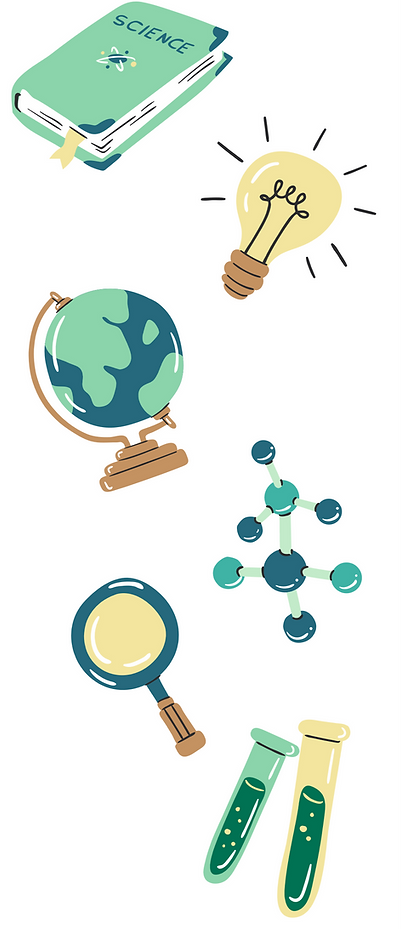

WHO CAN ENTER?
The BIOTech Futures challenge is open to high school students who:
-
Are in years 9-12
-
Are interested in science, engineering, and innovation
-
Have access to the internet and a device to communicate with your mentor
-
Have an adult supervisor, which may be a teacher or parent.
-
Can be from anywhere, the challenge is virtual
Eligible students can enter in groups of 2 to 5 and can only enter one project. No existing knowledge on the topics is required, just a passion for learning! We will connect you with a mentor to ensure you are well supported.

WHAT IS THE CHALLENGE?
When you sign up, you will be allocated a topic and a mentor. Your team will work together with the support of your mentor to create a poster presenting your innovative solution to the problem. You will also answer some short answer questions to provide additional information. Finalists will then get the chance to present their project at our annual Symposium! You can learn more by reading our guidebook.
HOW DOES THE JUDGING WORK?
PART 1 - September 2025
A panel of judges will mark the submitted poster and supporting short answer questions. This should give a clear indication of your research, ideation and verification process.
PART 2 - September 2025
All submissions will then be double marked using the same criteria as Part 1. The top 25 entries will be selected to move onto the final judging round. You will be made aware if your submission is progressed.
PART 3 - October 2025
Finalists will present their project at a live, in-person symposium in their local area (where available), to a panel of judges. See our chapters (Queensland, Victoria) to see if your region offers a symposium. Students will also be asked 1 additional questions during this judging round. A rubric will be provided explaining what the markers are looking for. There will be winners in multiple categories to be announced on the day.
Other submissions
As well as the main competition, there will also be the option for teams to enter a report and/or prototype for their project. These will be judged in a separate category from the presentations and a winning report and prototype will be chosen.
_edited.png)

AREAS OF INTEREST
-
Biomedical Innovations
-
Environmental Sustainability & Climate Tech
-
Space & Astrobiology
-
AI, Robotics & Smart Systems
-
Nanotechnology & Materials Science
-
Food & Agriculture Technology
-
Neuroscience & Mental Health Tech
-
Water & Energy Tech
-
Ethical & Societal Impacts of Emerging Tech
WHAT TOPICS YOU CAN INVESTIGATE
GETTING STARTED
We summarised the steps involved in creating a submission and created a gallery of past winners to get you started!

-
Reach out to your mentor and read the guidebook to make sure you're set up for success.
-
Do preliminary research about the challenge theme and current work being done in the field.
-
Identify a specific problem or challenge in your chosen area that you are interested in solving.
-
Get creative and think of innovative ways to address the problem. Make sure to back up your idea with evidence and understanding of the field.
-
Design a science fair–style poster explaining your research, design process, and final solution.
-
Complete the Short Answer Questions (SAQs) using the online form.
-
Treat your SAQs and poster like a school assignment: plan, review, and get feedback before submitting.